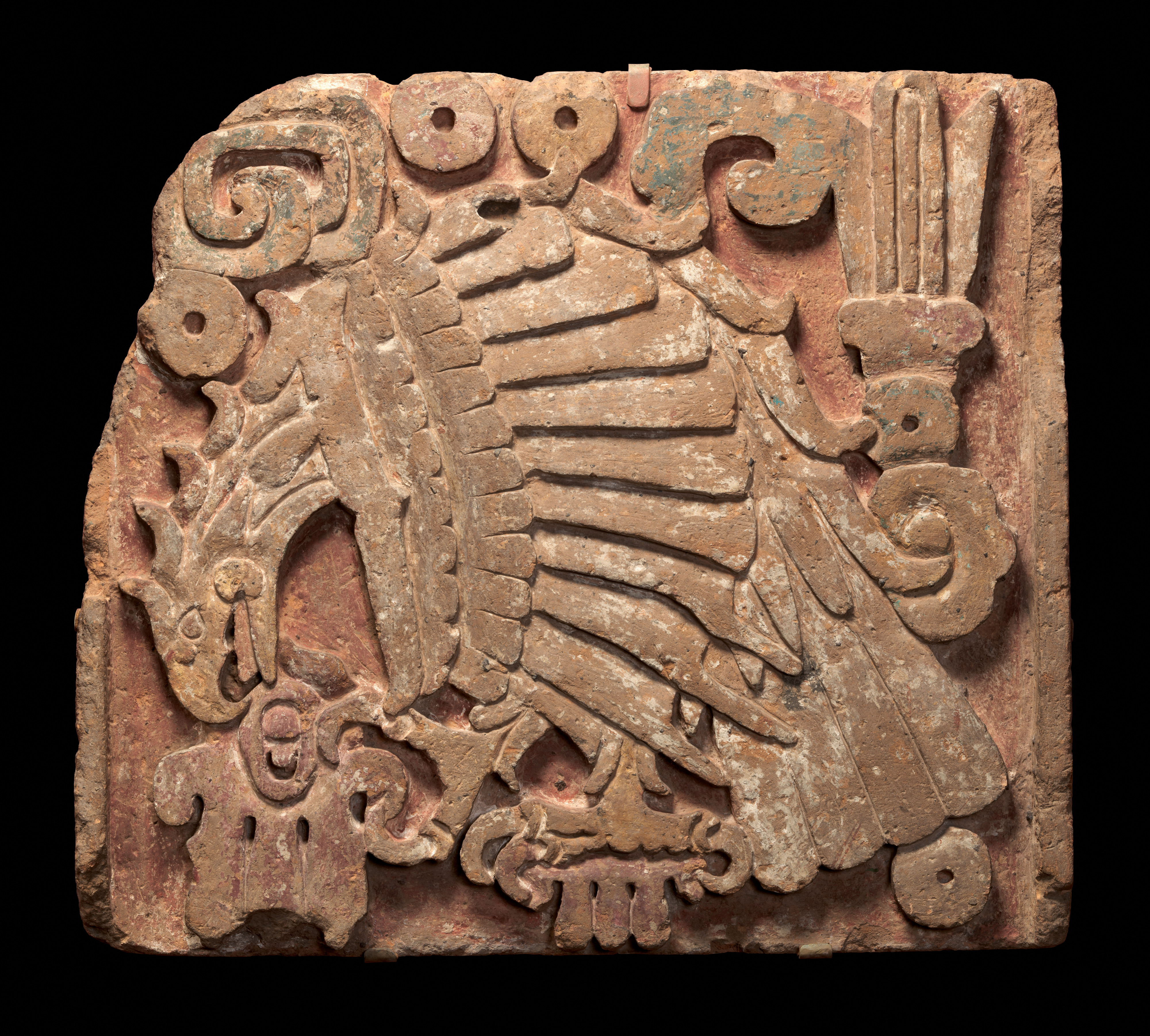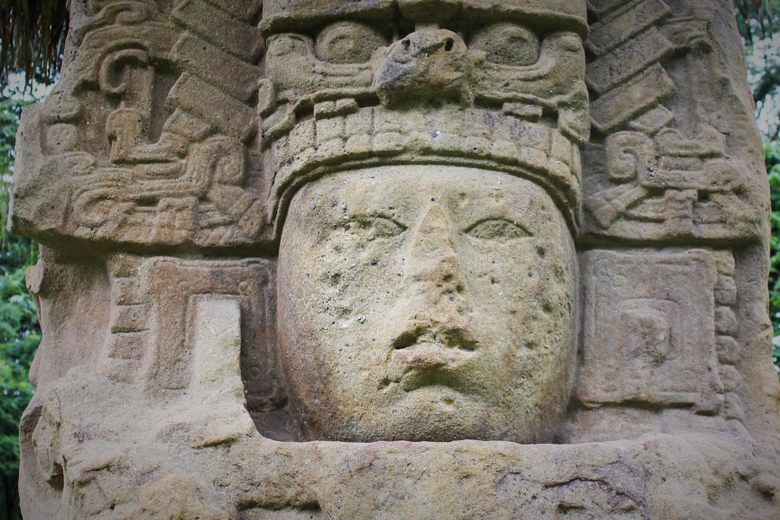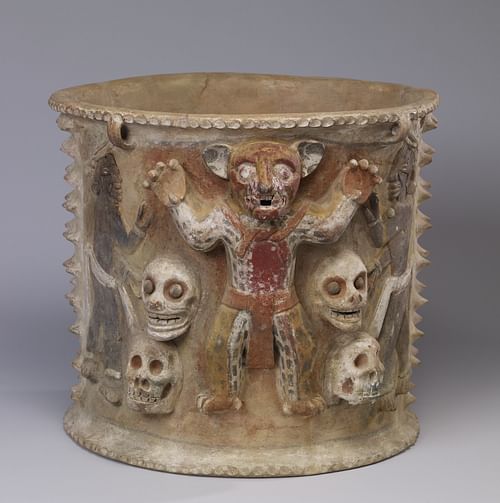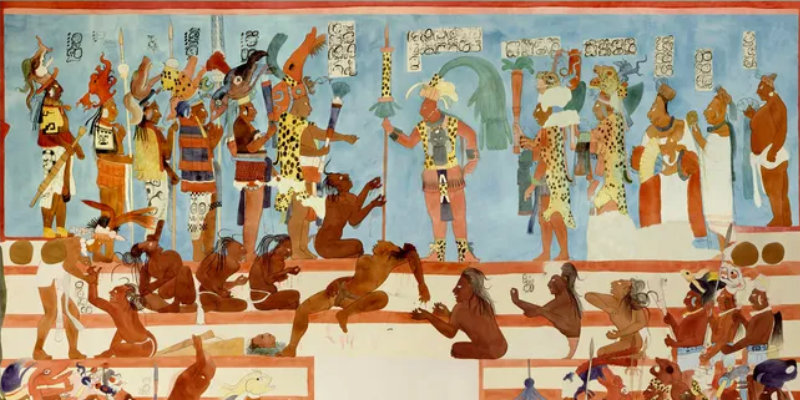Art, a universal expression of human creativity, played a crucial role in Maya society. The Maya decorated every available space, including homes, temples, and ceremonial areas, with elaborate artwork. This artistic bent was not just beautiful; it was a reflection of the civilization’s prosperity and wealth. The Classical era, a time of plenty and cultural flowering, saw the creation of most Maya art.
Mayan art fulfilled a variety of functions and was firmly based on religious doctrine. Murals illustrating gods and stories from mythology adorned temples and ceremonial areas. Ceremonial spaces were adorned with symbols associated with the ceremonies, and religious artwork was even incorporated into the homes of the average Maya. Mayan artwork also functioned as a historical record. With a writing system made up of more than 1,000 hieroglyphs, art emerged as a major narrative tool that was more widely available to the general public than to the privileged few who could read written language.

Deciphering the Meaning of Mayan Art
The religious imagery and symbolism found in Mayan art offer insight into the Maya worldview. In Mayan art, the following motifs have deep symbolic meaning:
1. The Snake

In Mayan civilization, snakes were highly respected and represented the link between the earth and the underworld. Depicted frequently as a feathered snake, gods like as Kukulcan were able to move between worlds and represent the cycles of creation and destruction.
2. The Jaguar

Jaguars are a powerful and courageous symbol that were often depicted in Mayan art. Jaguar-like traits were portrayed in the representations of gods connected to the underworld and warfare, like Ah Puch and Buluc Chabtan. Jaguar skins were worn by warriors as a stealth and agility enhancer.
3. The Mayan Twins

In Mayan art, the fabled twins Hunahpu and Xbalanque are prominent figures. These twins, who were later represented by the sun and the moon, signalled the start of a new era. These fabled twins were the ancestors of the Mayan royal family.
4. The Eagle

The sun god Kinich Ahau was linked to eagles, who were considered celestial creatures in Maya mythology. Eagles were associated with communication and community, indicating their significance in Mayan art as symbols of strategy and focus.
Famous Mayan Artworks
Recent discoveries of several outstanding Mayan artworks have illuminated the sophistication of this ancient civilization:
1. The Stelae of Quiriguá, Guatemala

Quiriguá’s Stelae are among the biggest in Central America and are notable for their remarkable size and state of preservation. These stelae, which are carved with former Quiriguá monarchs, most notably Cauac Sky, offer insight into Mayan dynasty reign throughout the Classical Period.
2. The Funerary Mask of the Red Queen
Excavated in Chiapas, Mexico, this ornate mask graced Queen Tz’akbu Ajaw’s grave. The mask, which is adorned with jade, malachite, and obsidian and is made of limestone, is a reflection of the elaborate burial customs and respect that the Maya people had for the otherworldly.
3. The Heads of the Lords of Xibalba

These nine clay skulls were found in Nakum, Guatemala, and they are from the post-Classical era. They emphasise the spiritual beliefs of the Maya people by depicting the Lords of the Night, who are Mayan deities in charge of the underworld, in a naturalist manner.
References:
- Art in Context
Read Also:






